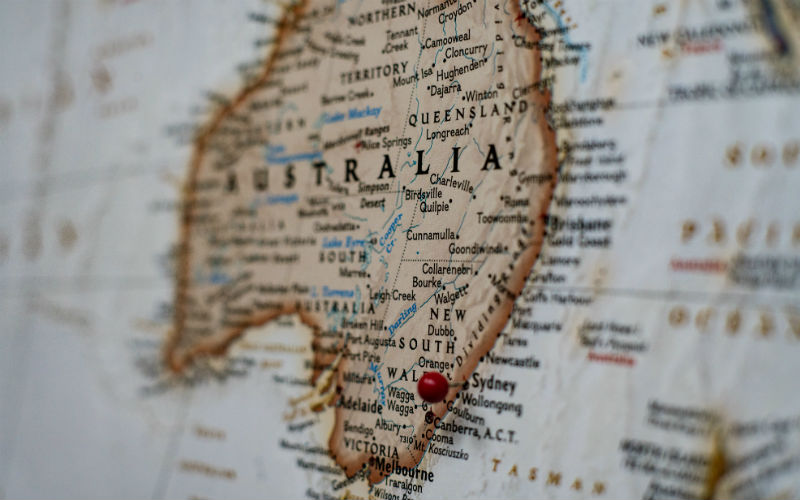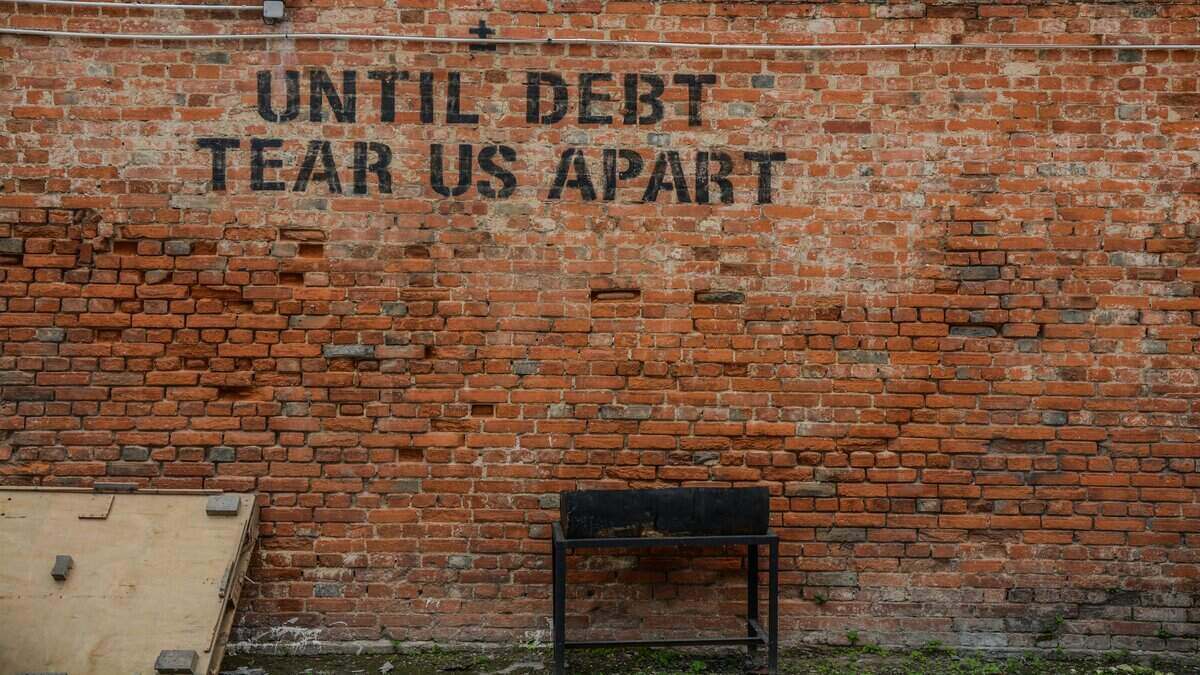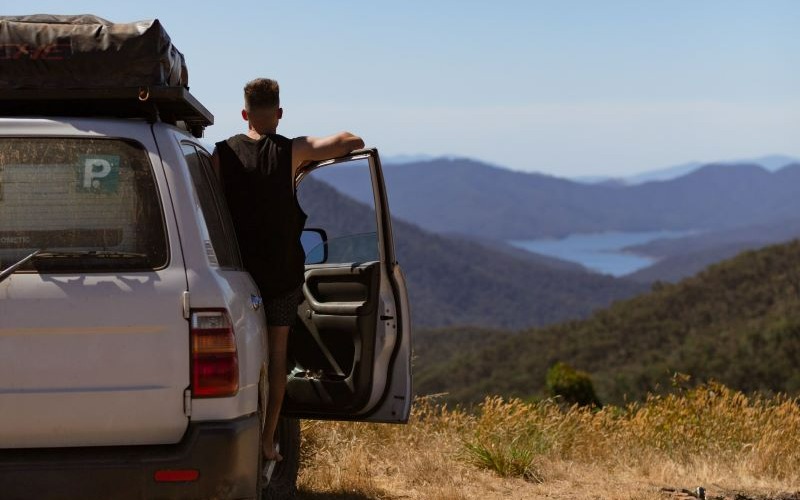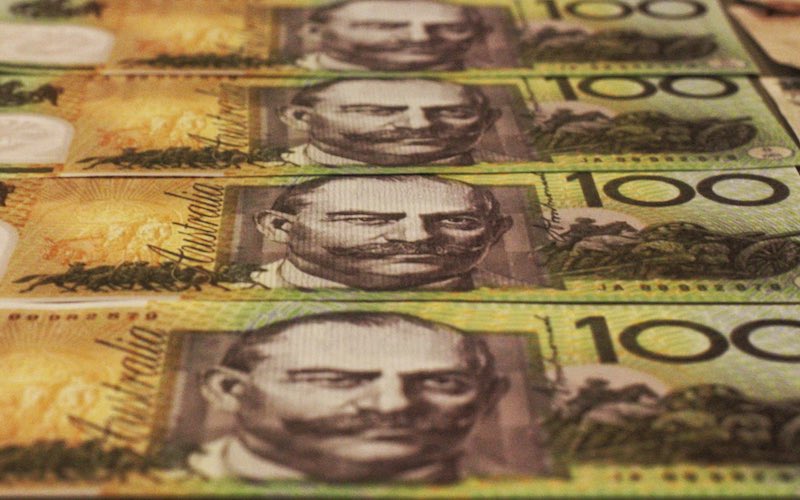According to the Australian Bureau of Statistics (ABS), 12,850 new residential dwellings were approved in January in seasonally adjusted terms, down almost 1% from 12,979 in December.
There was a 9.9% decline in approvals for private sector houses, while dwellings excluding houses (apartments, townhouses etc.) rose 19.5%, but following a 25.3% decline in November.
Last week, the ABS also revealed the value of residential construction work completed dropped 5.2% comparing the September and December quarters last year.
Housing Industry Australia (HIA) are predicting fewer than 100,000 new construction projects will begin in Australia in 2024, the lowest in about a decade.
HIA has forecast Australia will be short 175,000 homes by 2027, and CoreLogic economist Kaitlyn Ezzy says this estimate may need to be revised up.
"It is fair to say with ongoing subdued levels of approvals, high population growth and lower average household sizes, there could be a blowout in the shortfall of dwellings, especially if the downturn in approvals lingers into 2024," she told Savings.com.au.
However, she also pointed to the 230,000 dwellings under construction not yet completed, which she said could offset these factors if the construction industry works through these projects well.
"[230,000 dwellings to be completed] is much higher than usual and more completions may come to fruition if capacity in the construction sector eases this year," she said.
CommBank economist Harry Ottley said the contraction in residential work done in Q4 last year was larger than expected, but he also expects the backlog of work in the pipeline to start to cushion some of these declines in the coming weeks.
"We would expect at least a partial rebound in the Q1 24 [residential construction] numbers," he said.
Low construction behind rental demand?
According to research from Domain, the national vacancy rate hit an all time low in February.
Just 0.7% of Australian rental properties were listed last month, with analysts like Gareth Aird, Head of Australian Economics at CommBank, drawing a link between sluggish construction numbers and tight housing supply.
"Home building has simply not kept pace with the massive uplift in population, primarily driven by net overseas migration," he said.
"As a result, vacancy rates have dropped to record lows in most capital cities and the rental market is hot."
However, Simon Pressley, Head of Research at Buyers Agency Propertyology, says this is an overly simplistic view of the property market.
"The notion that supply means new construction and demand means population growth might appear logical to people, but evidence-based studies confirm that property markets are incredibly complicated," he told Savings.com.au.
"I think people have forgotten that, when the international border closed, Australia had two years without any population growth and the construction industry was stimulated.
"Despite this, the volume of properties available to rent when the border closed was 84,600, only to plummet to 57,500 two years later. Today it is just 32,000.
"Rental supply is primarily a measurement of activity by property investors who fund 91% of the rental pool."
Mr Pressley is one of several prominent voices within the property industry who say the rental crisis is primarily because of policies that deter or drive away investors, like additional land taxes in Victoria or rent caps in Queensland.
Unit supply to meet demand in booming states?
The overall decline in dwelling approvals was driven by drops in New South Wales (down 14.9%), Victoria (down 9.8%) and South Australia (down 7.2%).
In other states though, growth was positive, with Queensland and Western Australia seeing an increase in dwelling approvals of 31.8% and 11.4% respectively.
Queensland and WA boast the hottest property markets in Australia right now, with Perth and Brisbane as well as the regional areas of both states continuing to see property prices climb.
Unit prices throughout both states have been rising strongly, and developers have seemingly responded to this extra demand, with the number of new units and townhouses approved jumping dramatically in both states.
In Queensland, the number of dwelling units excluding houses approved went from 786 in December to 1,752, an increase of about 123% and the highest monthly read since April 2017.
In WA, these numbers went from 89 to 341, an increase of more than 283%.
First published on March 2024
Picture by Jasper Bennett on Unsplash

Ready, Set, Buy!
Learn everything you need to know about buying property – from choosing the right property and home loan, to the purchasing process, tips to save money and more!
With bonus Q&A sheet and Crossword!



 Harry O'Sullivan
Harry O'Sullivan












